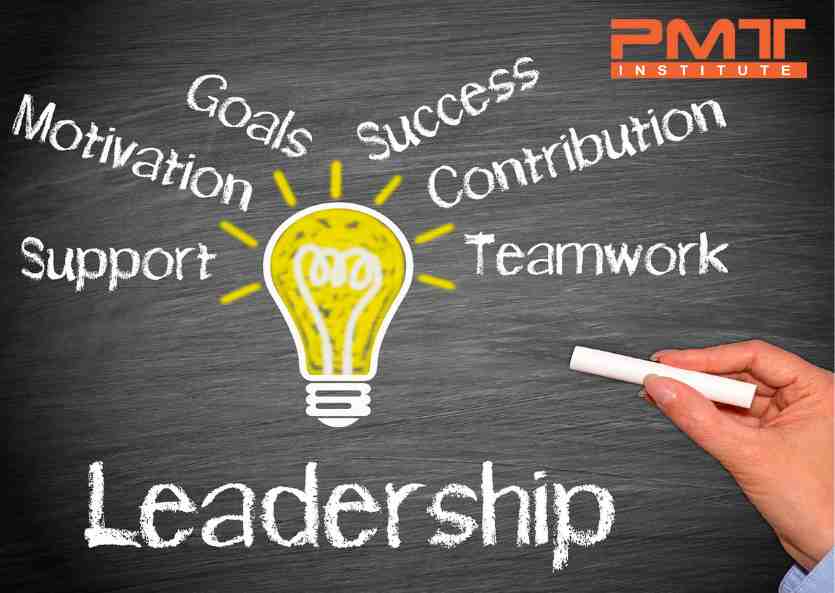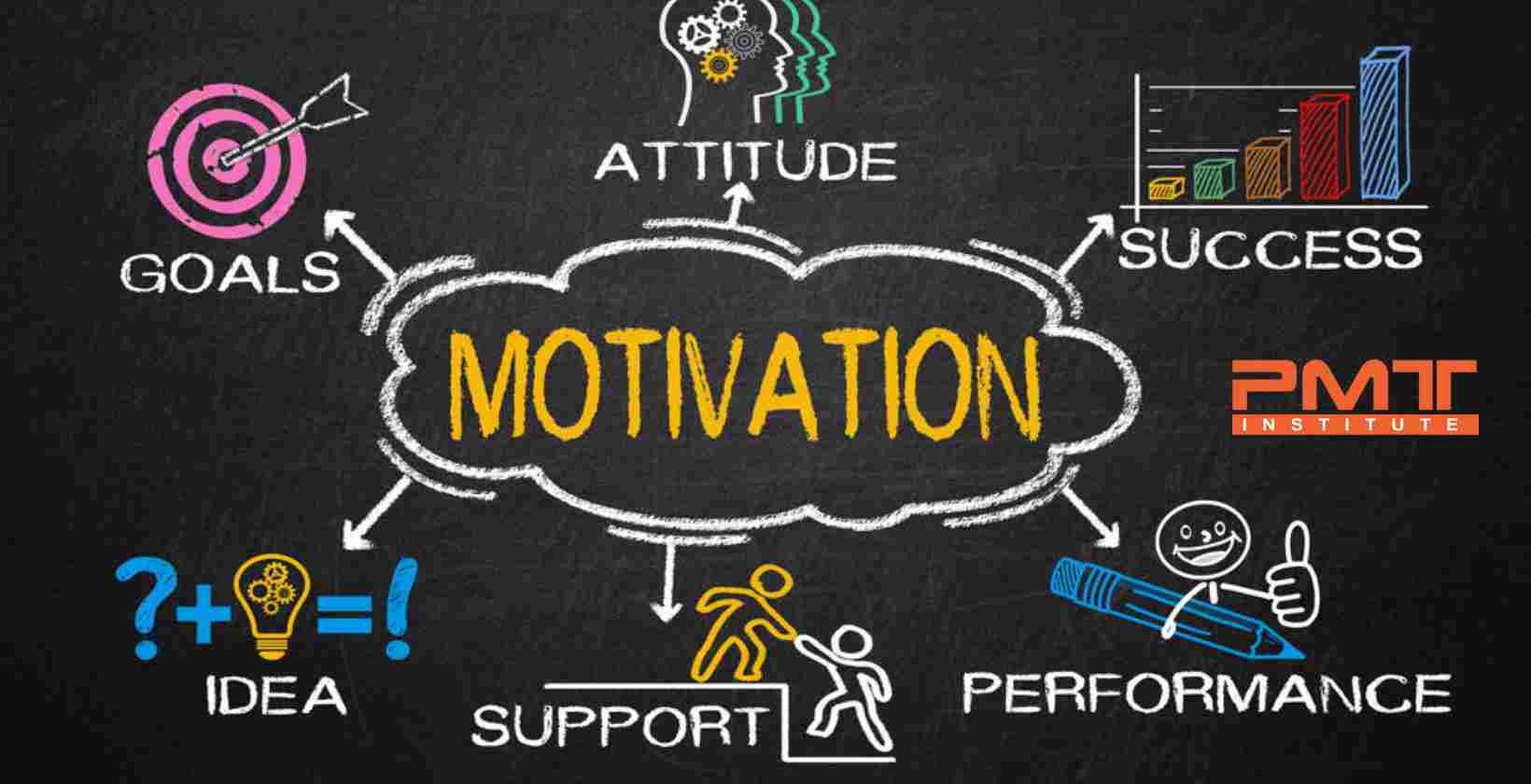Mastering Interpersonal and Team Skills in Project Management: 4 Essential PMP Traits for Project Managers in 2024
Published:
Updated:

Interpersonal Skills
One of the tools for successful management of project teams is having an understanding of the set of interpersonal skills described in the Guide to the Project Management Body of Knowledge (PMBOK®Guide) Appendix X3. This article will focus on:
- Leadership
- Team building
- Motivation
- Communication
A project team is a group of individuals working together to achieve project goals. High-performance teams are essential to realizing these goals. The four points above are part of a necessary tool kit for project managers to build project team support and develop strong interpersonal relationships that contribute to creating and maintaining high-performance project teams. Each team member brings their own set of needs and aspirations, life experience, commitment, abilities and communication styles to the project. As such, interpersonal skills are essential to building positive relationships among team members that is a critical element to achieve project success.
1. Leadership
Leadership involves focusing the group toward a common goal, providing direction when needed and encouraging the group to work together as a team. It is important to remember that the tools of effective leadership include: clarifying goals and the vision of the project, motivating, communicating effectively (both sending and receiving), building trust and inspiring the team to achieve project goals successfully. The positive sense of team identity can only be inspired and maintained by effective and consistent leadership. Effective leadership also requires monitoring team performance and mentoring as needed to allow for adjustments and changes as the project progresses through to completion.

2. Team Building
Team building is the process of creating a team with a common focus from a group of individuals, each with their own focus. Creating a project team involves creating and supporting a sense of shared mission. The goal of team building is teamwork. To put it another way, using an analogy to Bruce Tuckman's Stages of Team Development, team building is essential to move from individuals (Storming) to a Group (Norming) to a Team (Performing).
Storming Stage, characterized by disagreements, interpersonal clashes and the struggle for power and control are common Norming Stage, disagreements are resolved and a sense of cooperation is established between project team members. It is common that team members begin to accept responsibility and begin to work towards team success. Performing Stage, once the group norms have been regularized and accepted the team begins to focus on achieving common goals. The group of individuals becomes a team. Project team members become committed to the project. As members of a team, issues are resolved as they arise, because the team wants a resolution to allow them to achieve the goals. A sense of mutual support and cooperation develops enabling the team to meet the project challenges.
Team building focuses on establishing goals, procedures, roles, responsibilities and a set of ground rules describing expected interpersonal behavior. Once an effective team environment is established issues that arise can be treated as team issues and may be effectively negotiated and resolved. Team building can be further enhanced by team activities, recognition and rewards, managing disagreements effectively, promoting trust. A state of trust should exist at three levels:
- Trust by the project manager of the team
- Trust by the team of the project manager
- Trust of the project team members with each other
Successful team building creates a sense of mutual trust and respect, effective communications between team members, mutual support, effective problem, consensus and commitment to shared goals.
3. Motivation
Motivation is creating the environment needed to meet project goals and maximizing satisfaction for team members. There is a level of satisfaction in meeting project goals together, understanding that project goals are shared goals. People are motivated by many factors and it is the responsibility of the project manager to identify those motivational factors and seek ways to maximize their satisfaction within both the project environment and the greater organization environment. Consider that the project team is a diverse group motivational factors may include: professional advancement, challenges, financial incentives, recognition for their contributions, a sense of accomplishment, perhaps sushi every day in the cafeteria instead of only on Tuesday and Thursday.

4. Communication
Communication within the project team must be effective. Consider that the project team, including the project manager, project management staff, and all of the people that are assigned to perform project work, must effectively communicate on an on-going basis. That "communication network" between all team members must be established as early in the project and is expanded and maintained throughout the project life cycle to ensure that all project team members are included.
A standard rule of thumb is that communication is 90% of the project manager's work. Communication is a two-way street in that we both send communications and receive communication simultaneously. Most of the project manager's communication is receiving the direct and indirect communication by the project team members, the project manager is continuously transmitting communication indirectly. We communicate with:
- Language, the words we choose
- Pitch and tone with which we speak
- Body language
Most of our communication is body language, then pitch and tone, and last the words we choose when we are communicating directly, face to face. When we only speak, as in a telephone conversation, pitch and tone are first then language. Keep in mind it may not be what you say but how you say it. When we communicate in a written format, e-mail or instant message, only the words are there. Language used in written communication should be as unambiguous and direct as possible to avoid confusion.
The project manager should be aware of the communication styles of project team members and adjust their communication style to meet the communication needs and styles of the project team members to effectively communicate with project team member. What we communicate should be only what is needed to avoid "over communicating".
One technique to evaluate our communication with the project team members is to ask the important questions:
- Whom are we communicating with?
- What needs to be communicated and what is the priority of the communication?
- What is the most effective format for that communication considering the communication style of the team member?
Mastering interpersonal skills is essential for effective project management, as these abilities facilitate better communication, conflict resolution, and team collaboration. However, interpersonal skills are just one part of the diverse toolkit that project managers need to succeed. To explore a wider range of essential project management skills — from leadership and risk management to technical and decision-making capabilities — check out our comprehensive guide on project management skills. This resource provides in-depth insights and practical tips to help you develop a well-rounded skill set that can tackle any project challenge.
Finally, listening is the most critical skill. Listening is the receiving component of communication. Listening is both passive and active. We listen with our eyes as well as our ears. There is an old expression concerning listening, "listen through the noise." Effective listening requires the listener to hear the whole message to increase the quality and accuracy of communication. Effective listening enables the project manager to more clearly understanding what is being communicated by the project team members and help the team to be more effective.
Each team member has their own communication style and effective listening focuses on understanding each team member's communication style and adjusting our listening skills to that individual communication style. Hearing the words is only part of effective listening, the subtext that is reading of the body language and paying attention to the pitch and tone contribute greatly to effective listening. Effective listening requires us to pay attention to the whole message, considering their communication style as well as content and not evaluate the text and subtext of the communication through our own lens
.
